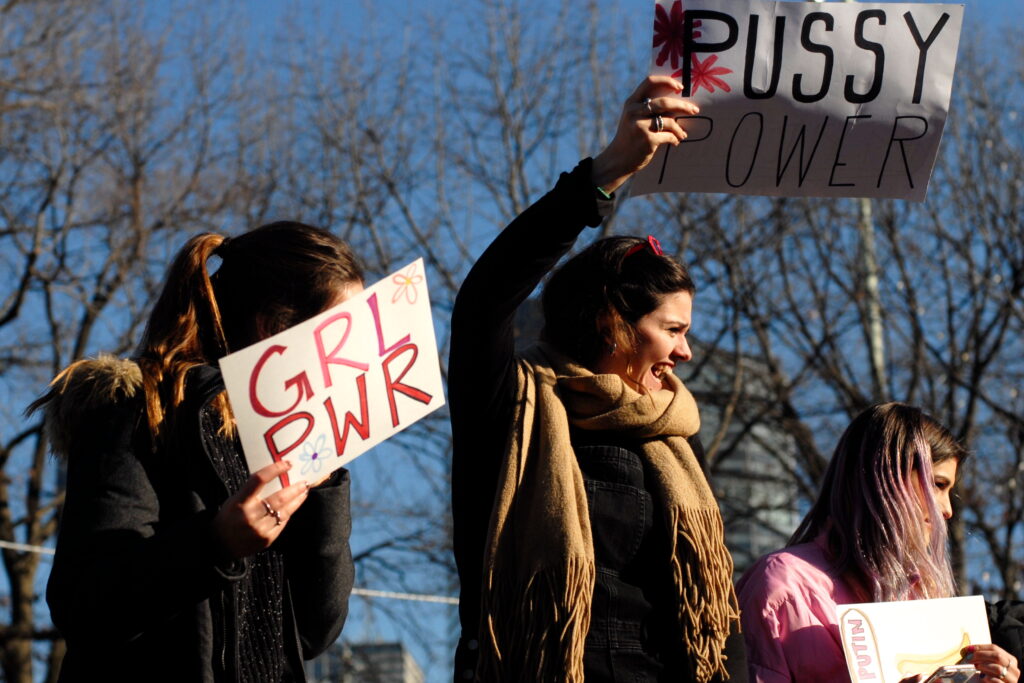
Of the 55 articles reporting on sexual misconduct, 45 specified the genders of the perpetrators and survivors. 44 of the perpetrators were described as men, while only 1 was described as a woman. Of the survivors, 6 were identified as men and 39 were identified as women. None of the articles in the sample reported on non-binary identifying individuals.

The New York Times also reported on other aspects of demographics related to sexual misconduct. Based on the sample, 38 articles described sexual violence that involved a power dynamic. This means that 38 of the perpetrators held a position of power over the individual they sexually assaulted or harassed. This position of power ranged from holding a supervisory position, to a significant difference in age, to societal prominence due to fame or wealth. Furthermore, 36 of the articles report that the perpetrator victimized multiple individuals. Unfortunately, only 14 articles reported that the perpetrator faced criminal charges for their sexual misconduct. Even fewer faced conviction, with some facing a prison sentence of as little as 6 months for their crimes.
Click for Next: “Changes in Language”